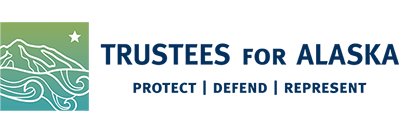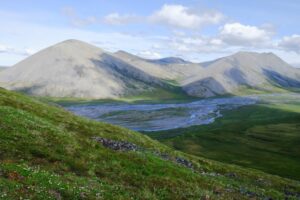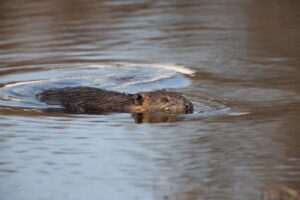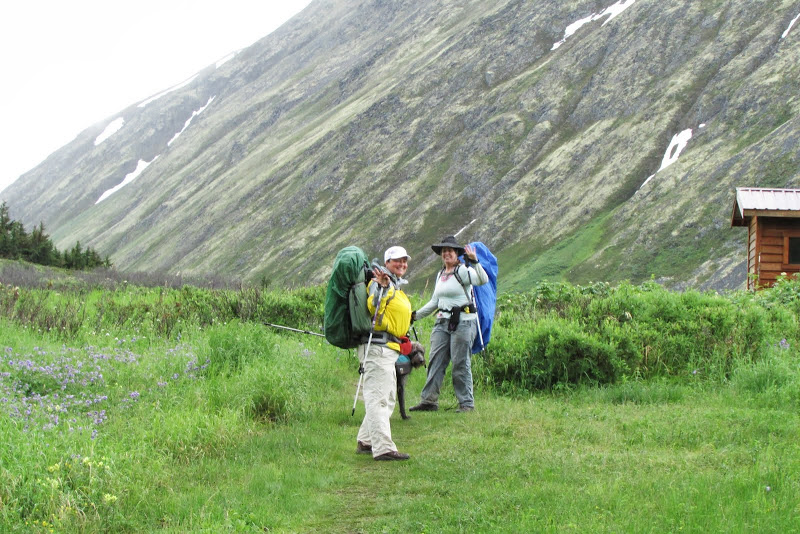
Alaska News Brief March 2025—the gutting of public lands
I never watched “The Apprentice” and don’t revel in people getting fired. It’s a weird preoccupation if you ask me—this “bringing people down” as entertainment. I get that the scripted good fun of wrestling or reality TV has appeal, but good fun can turn into reckless cruelty.
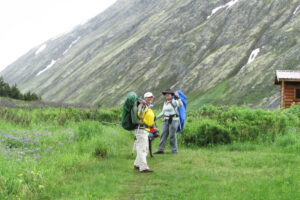
Vicki and Valerie hiking Devils Pass in Chugach National Forest. Photo by Cindy Coates.
So, here we are, awash in the giddy “fun” of billionaires who have repeatedly failed and got bailed out, nearly always on the public dime, razing federal agencies and firing staff. Let’s be clear. The wholesale firing of federal staff isn’t about efficiency in how agencies operate. It’s about efficiently making it easier for those who inherited and amassed money and power to do whatever they want with public resources without guardrails, without question, and without accountability.
Our hearts go out to those who were suddenly removed from jobs they love and that support the places and services that matter to people.
Let’s ground truth some facts about federal workers in Alaska. The federal government employs nearly twice as many Alaskans as the oil and gas industry, according to the January 2025 report from the Alaska State Department of Labor. Economists say the economic impact of firing Alaska’s federal workers will reverberate across the economy, even when only looking at agencies dealing with public lands.
National parks, refuges, monuments, forests, wilderness areas and all public lands require people to handle permits, safety, facility operations and maintenance, the protection of animals and plants, the enforcement of laws, trail maintenance, fire management, and search and rescue, to name some.
A record number of people visited U.S. National Park Service sites in 2024, yet the Trump administration told the agency not to tell anyone. It looks bad when you slash staff at places people clearly love and want to visit.
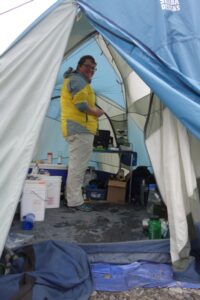
Vicki working in the cook tent in the Arctic National Wildlife Refuge. Photo by John Mouw.
Already, iconic parks like Yosemite National Park announced closures of campgrounds for periods during peak season this summer and has yet to share details on its reservation system. It’s mid-March and people are planning trips, just as park planning and operations have been paralyzed.
Meanwhile, park rangers, visitor’s center staff, and probably any park service employee who answers the phone or responds to email—assuming someone can answer at all—have been told to spout out talking points rather than explaining how job cuts have and will affect visitors.
We don’t know how many folks were fired from federal agencies in Alaska because agencies have withheld that information. But it matters tremendously even when just talking about national park lands, since those places underpin tourism, which in turn supports the economic, social, and cultural health of the state. Visitors to Alaska’s national parks brought in $2.3 billion of economic activity in 2023, resurging after the Covid pandemic, and Alaska ranks fourth of all states in terms of economic value related to its many national park lands.
So, yeah, gutting federal staff means gutting access to public lands and gutting their health and operations.
As a lawyer, one of the big things I think about is how the Interior Department and all the agencies within it, including the Park Service, needs experienced and skilled people to conduct science so they know what’s going on with the land they oversee, to collect and share information so we all know what’s going on, to manage access to sensitive and vulnerable areas, to coordinate ways for people to understand and contribute their views to what happens on federal lands, and much, much more. This essential work runs in the background as foundational to effective oversight.
Laws themselves are under attack, I know, and also, how can agencies comply with environmental laws if they do not have people to gather good information and science, compile public comments and input, understand and interpret (let alone care about following) the law, advise agency leaders, and produce environmental analysis that informs agency decisions?
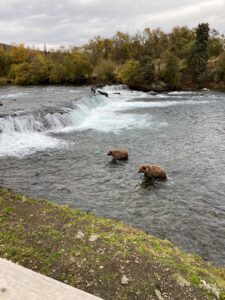
Subadult brown bears at the falls in Katmai National Park. Photo by Vicki Clark.
We have gone to court many, many times to challenge faulty legal and technical analysis, the omission of known facts, inattention to science and knowledge, the stymying of public input, bad math, and myriad other issues. It’s going to get worse.
This summer, many of us will see dysfunction at Park Service and U.S. Fish and Wildlife sites bereft of the people who know how to run them. We will encounter long lines, dirty bathrooms, closed campgrounds, untended trails, reduced emergency response, and the destruction of places and habitat left unattended and unmonitored.
We will also see agenda-driven agency decisions based on poor agency analysis that will break the law and greenlight industrial projects without care or restraint. And there is real fear about selling public lands to private interests for private gain. We’re prepared to respond.
We like to call ourselves a small but mighty law firm, so here we all are, alongside so many of you, in the fight of our lives for the land that gives us health, joy, life, respite, food, comfort, hope…
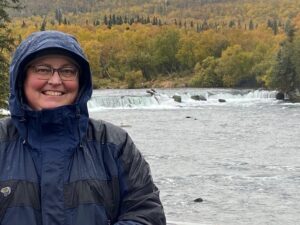

PS. Thanks to supporters like you, we can continue fighting to protect Alaska’s land, water, air, wildlife and people.
The law under fire—what does NEPA do?
On beings and biomes–Keystone and indicator species


